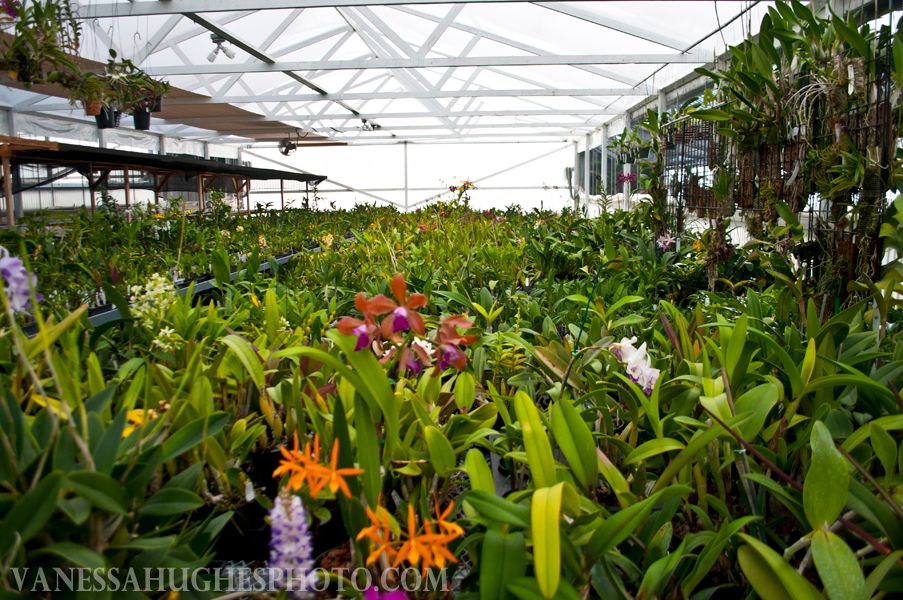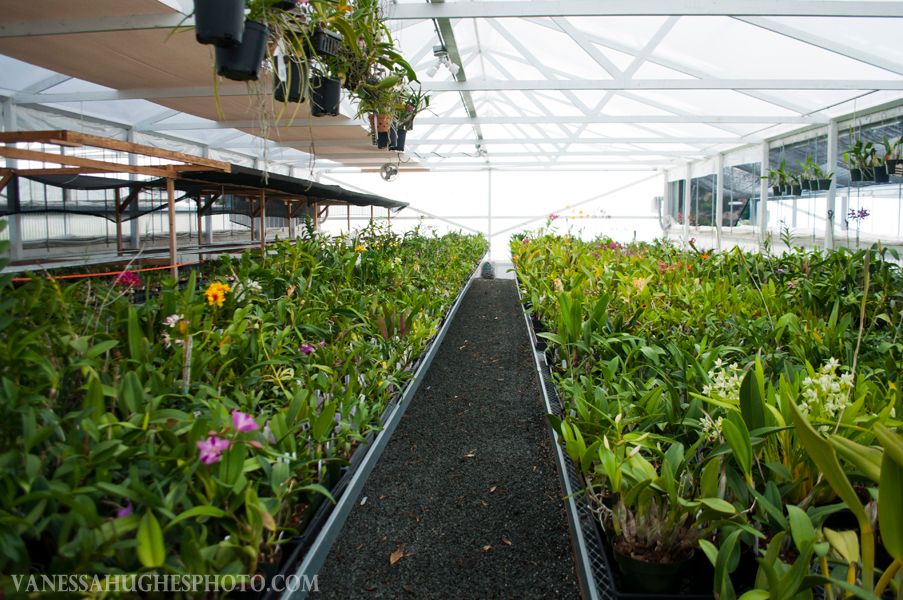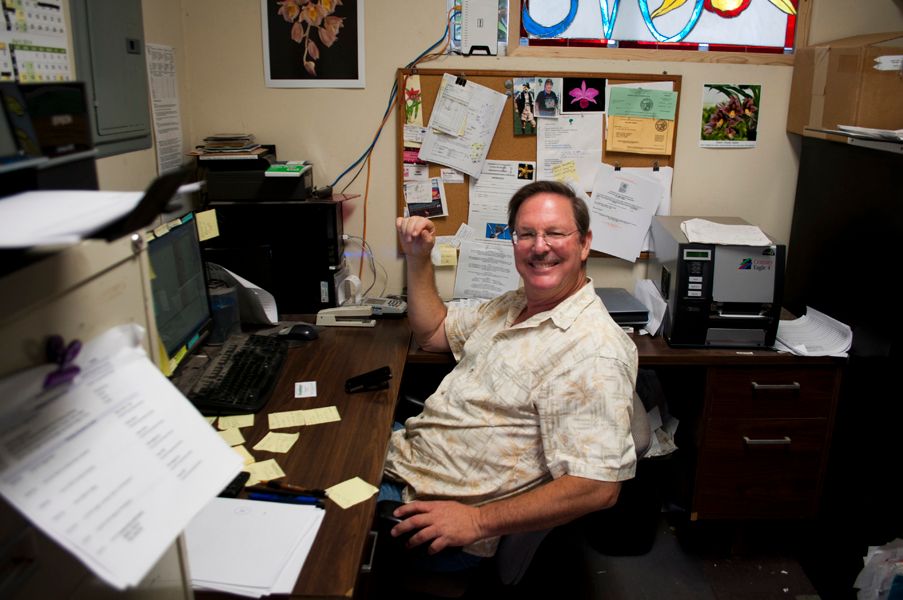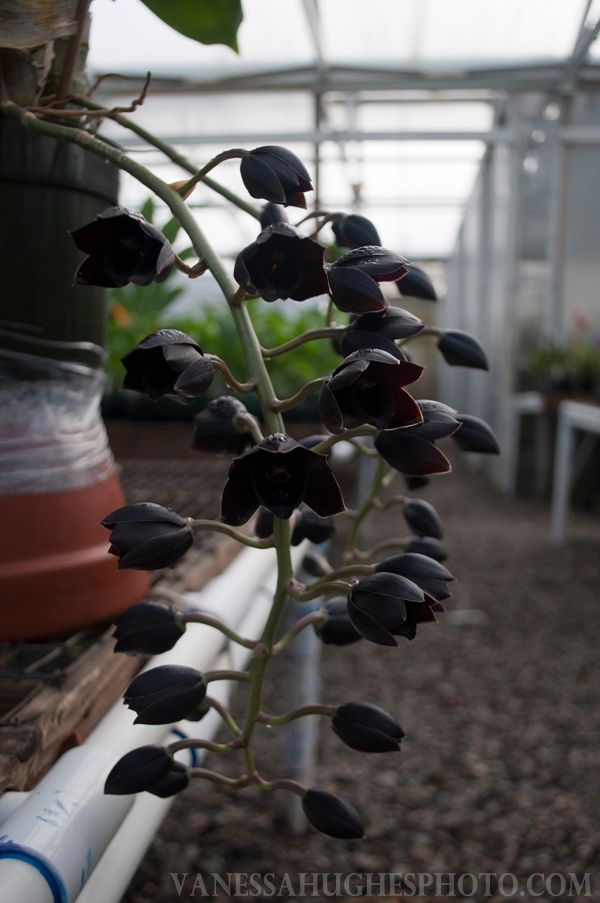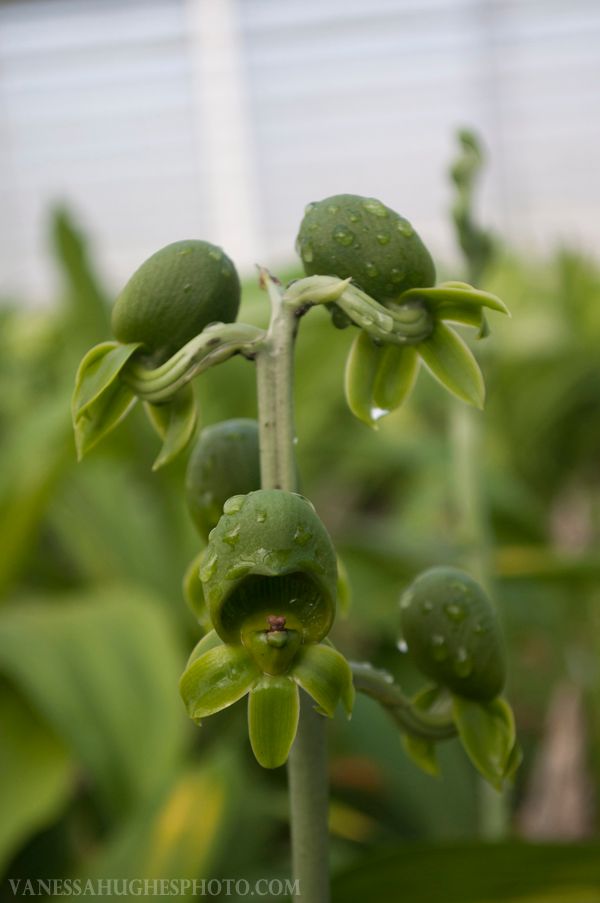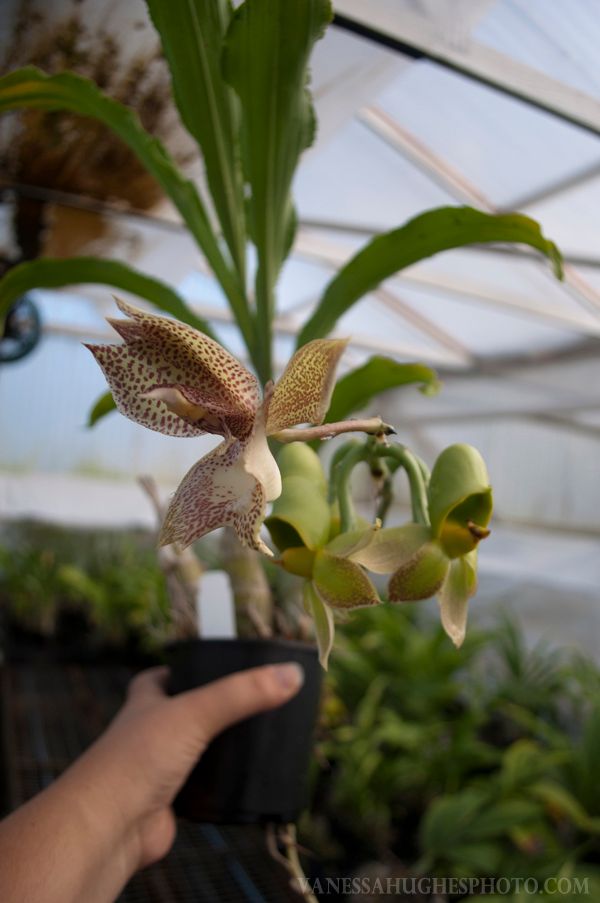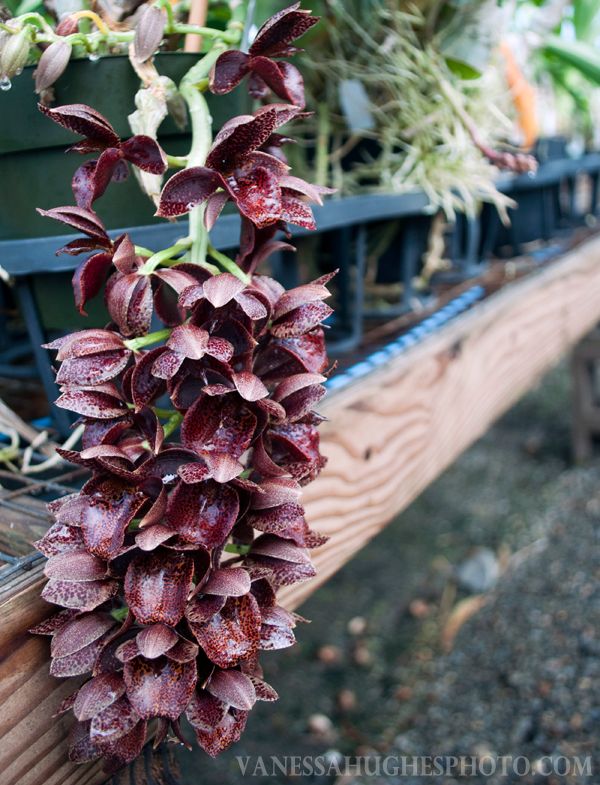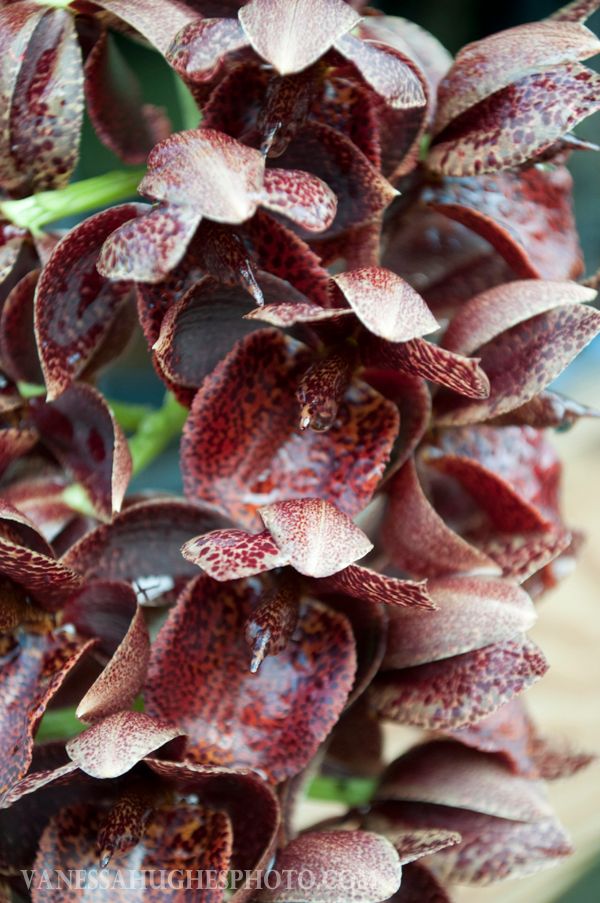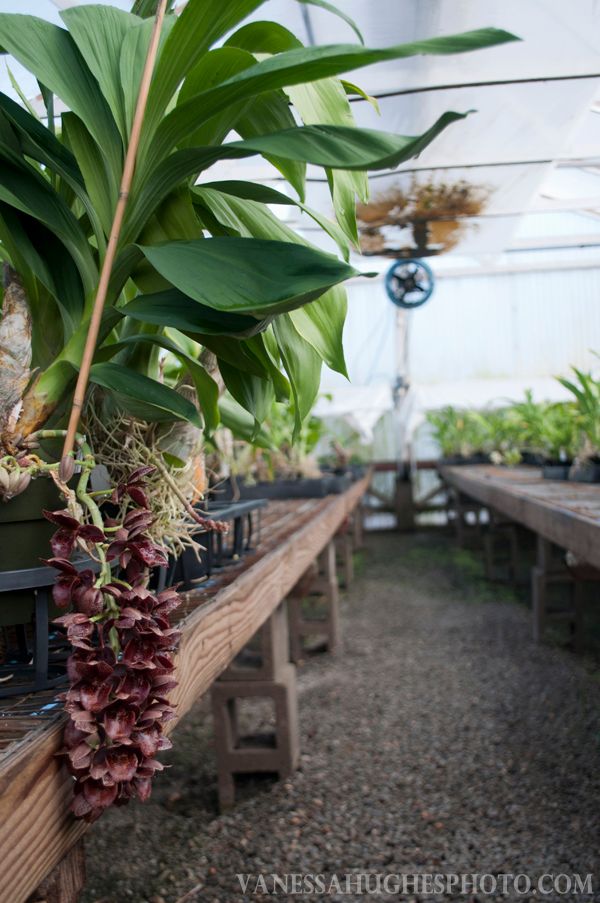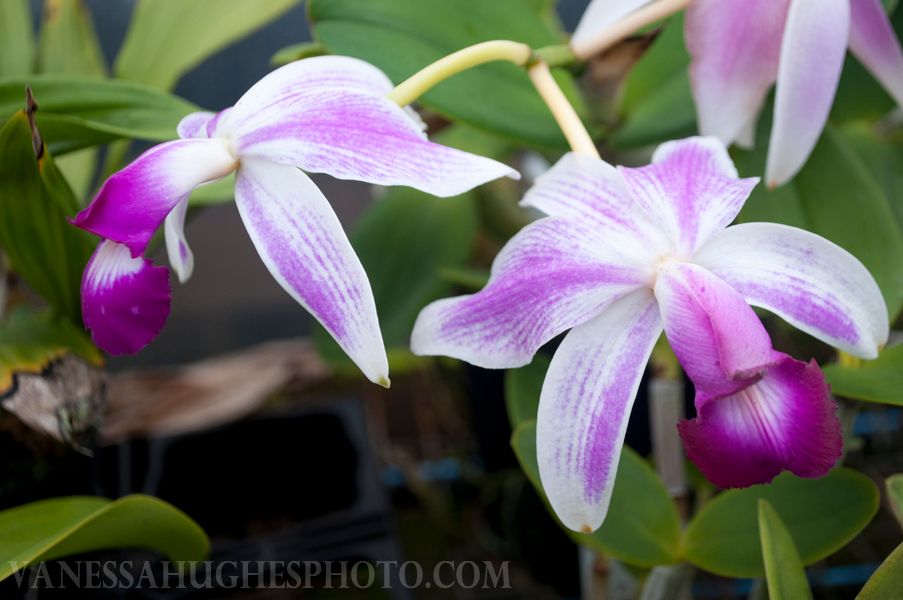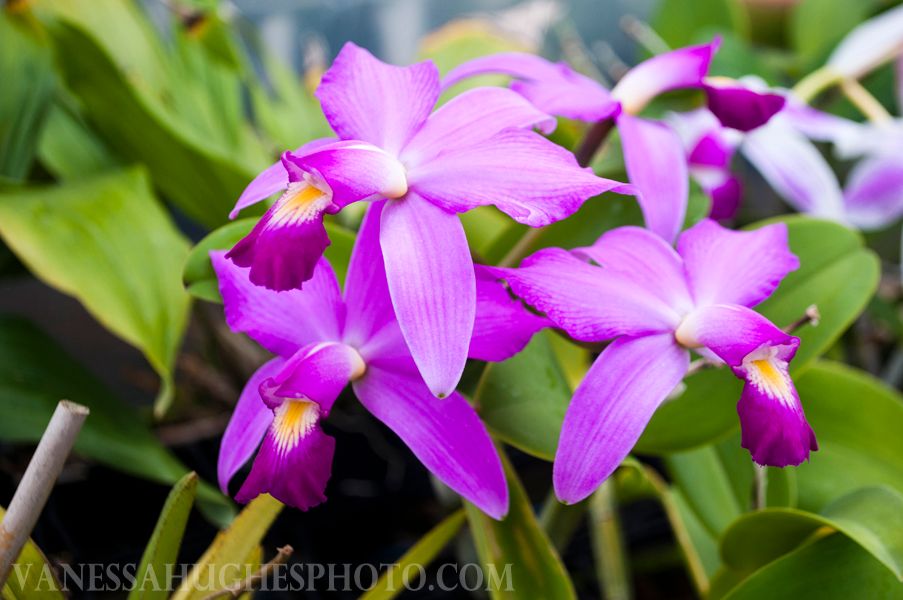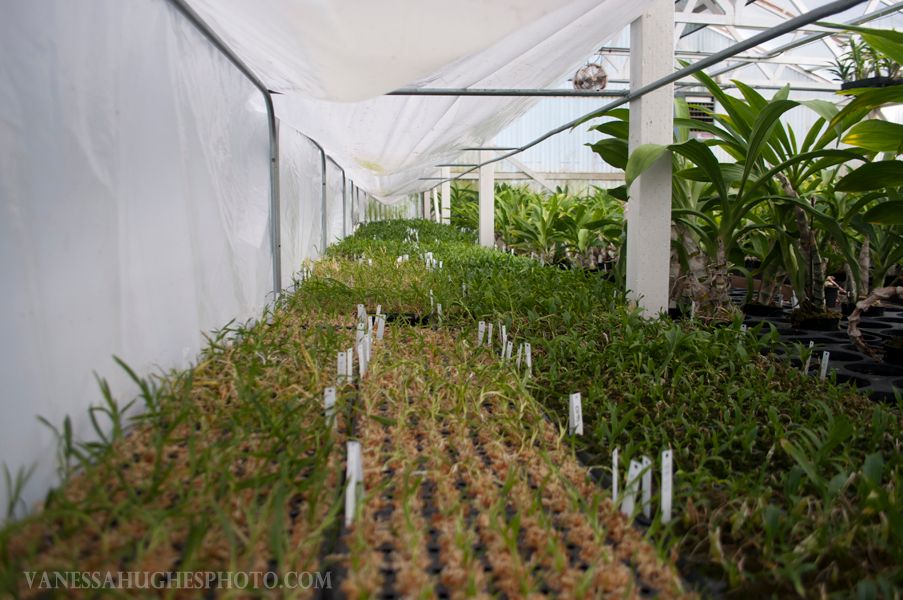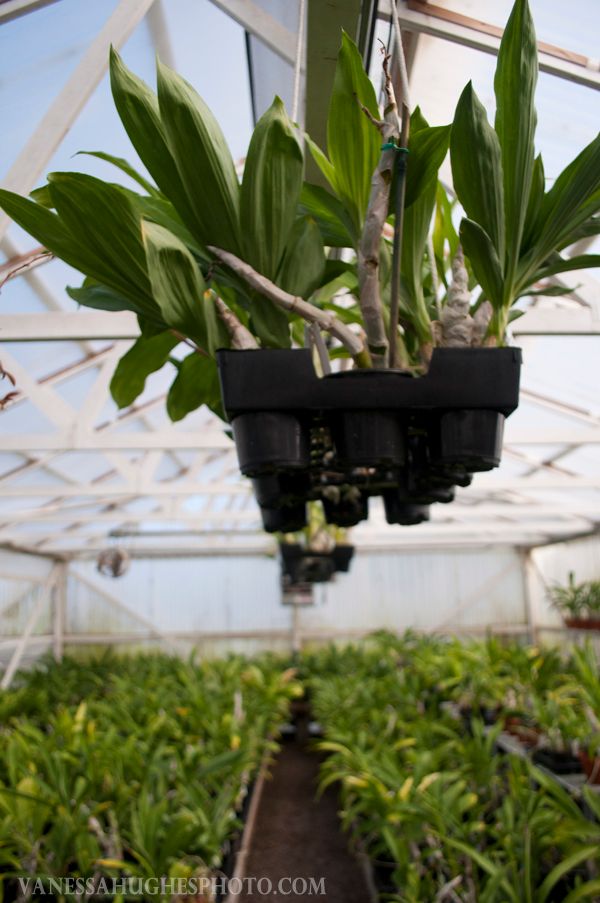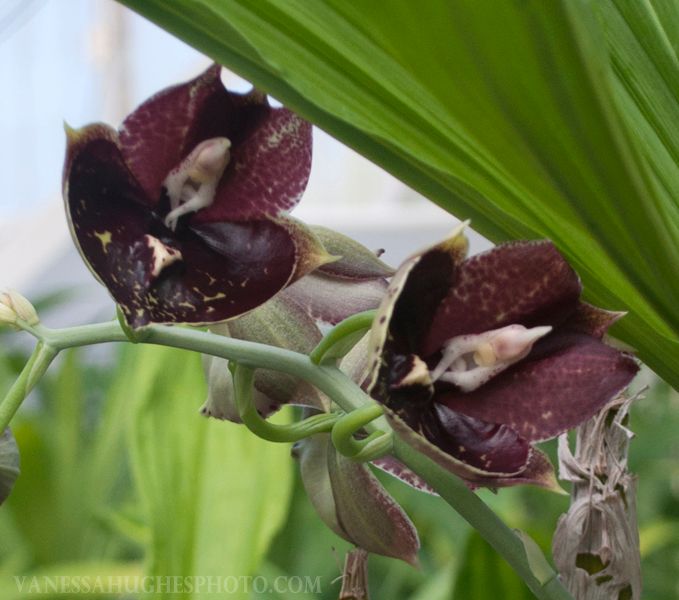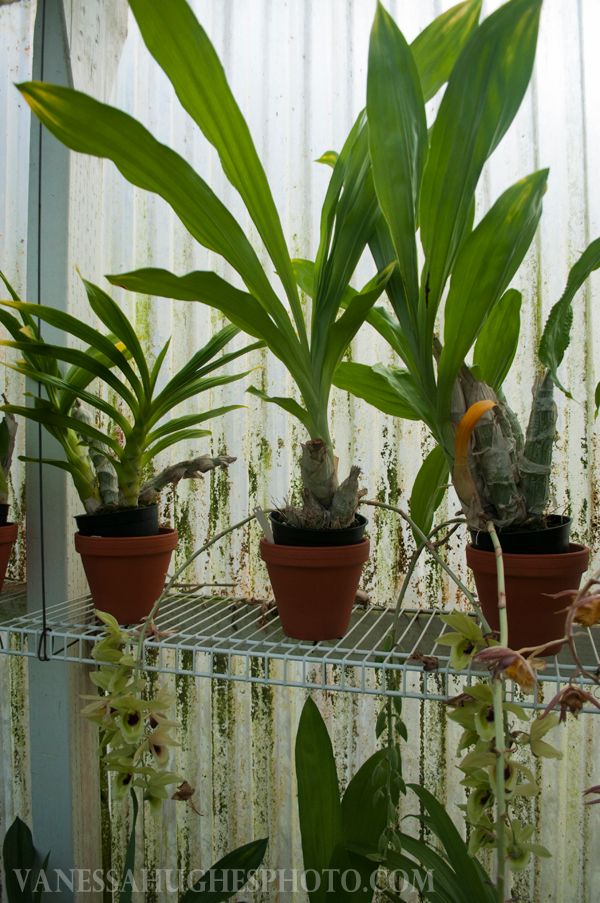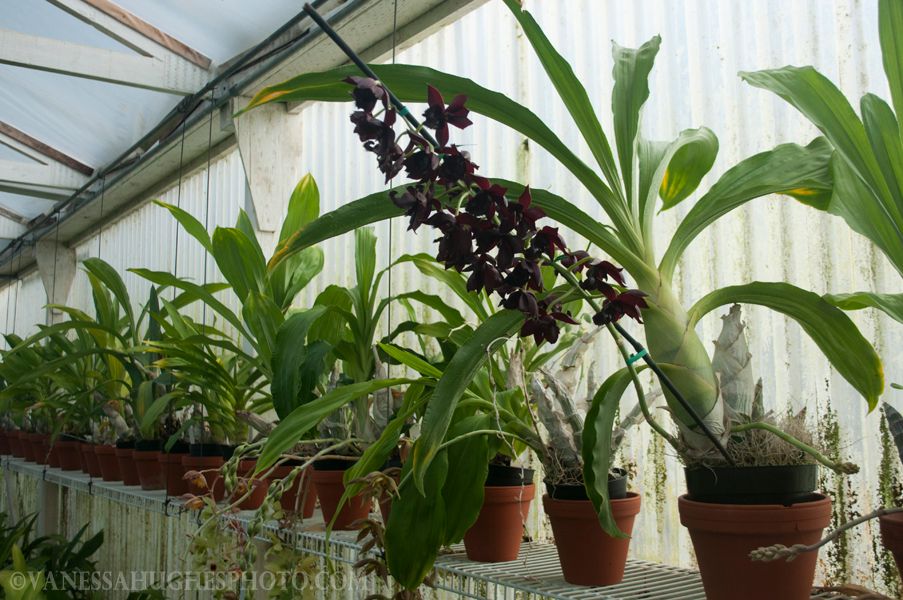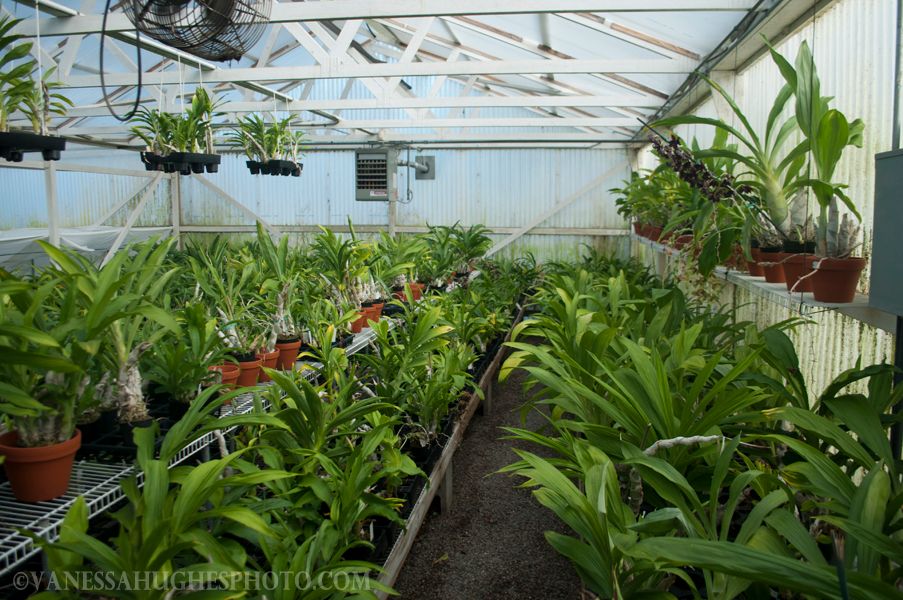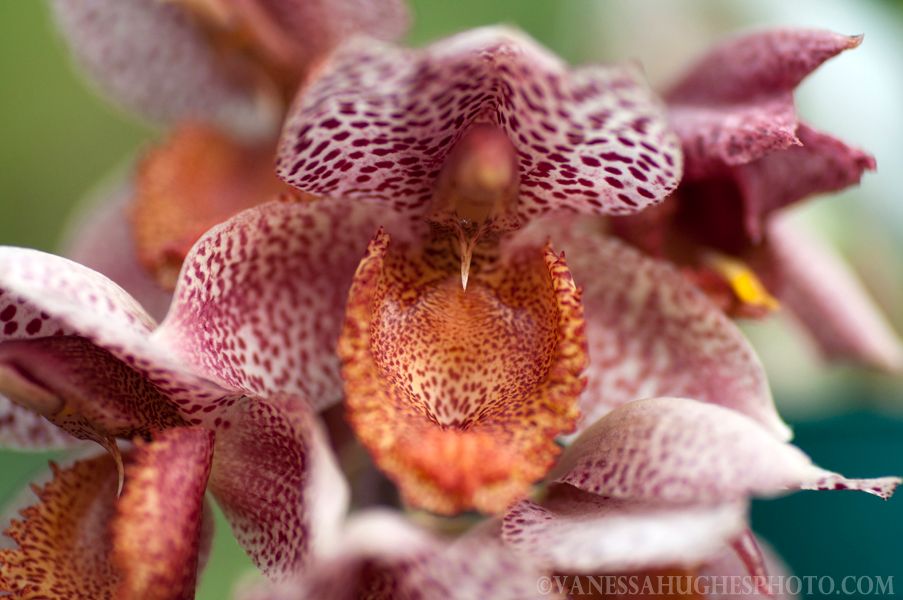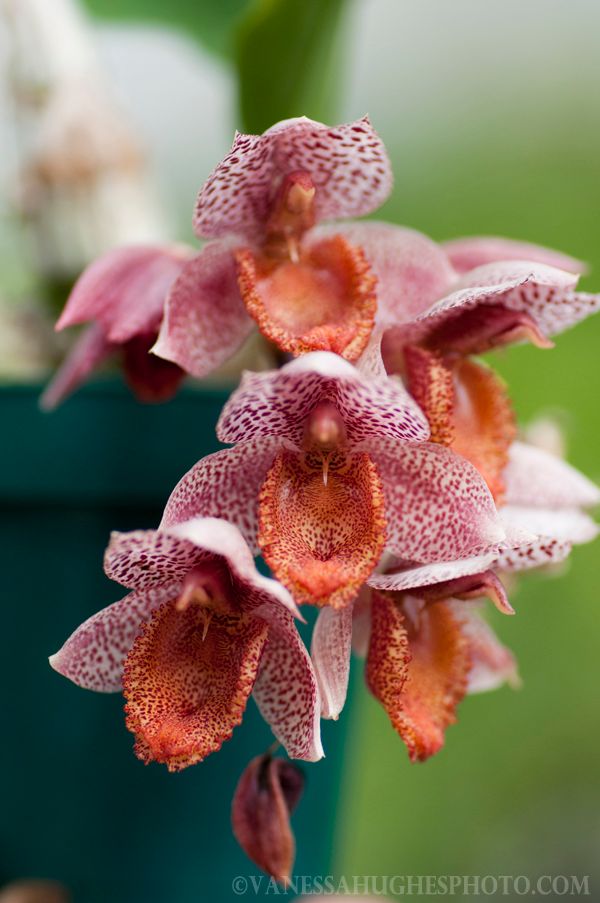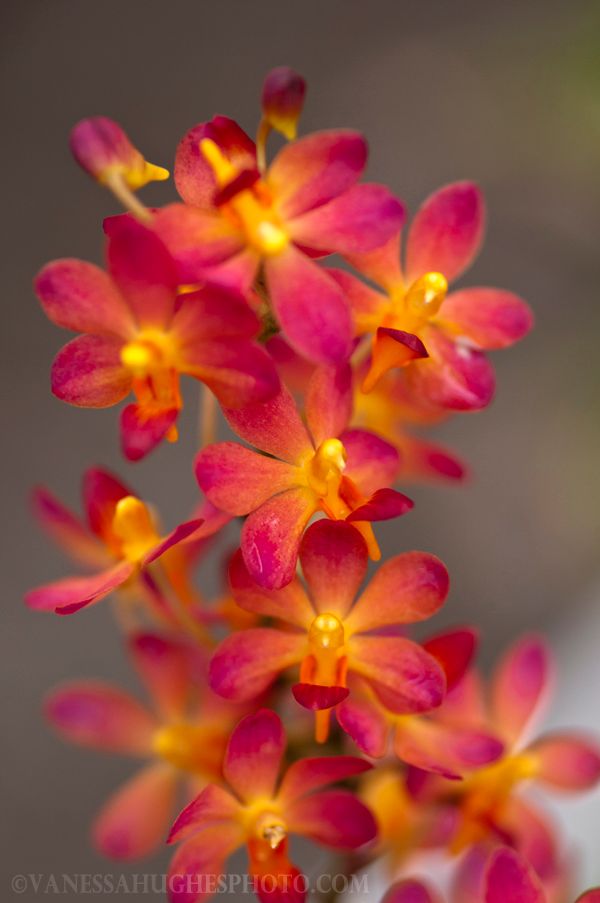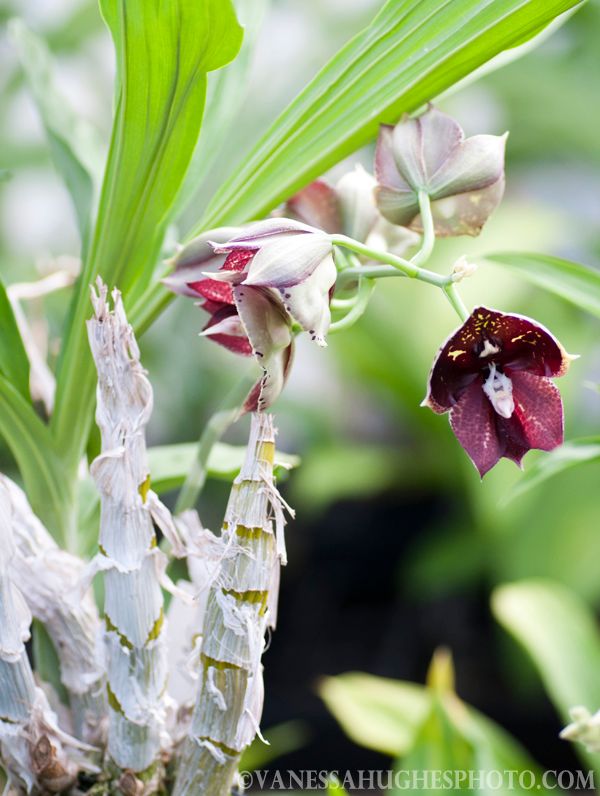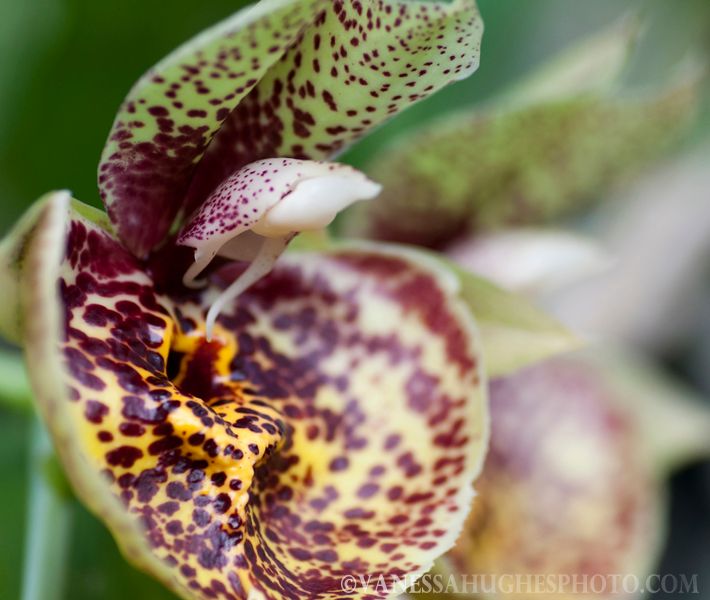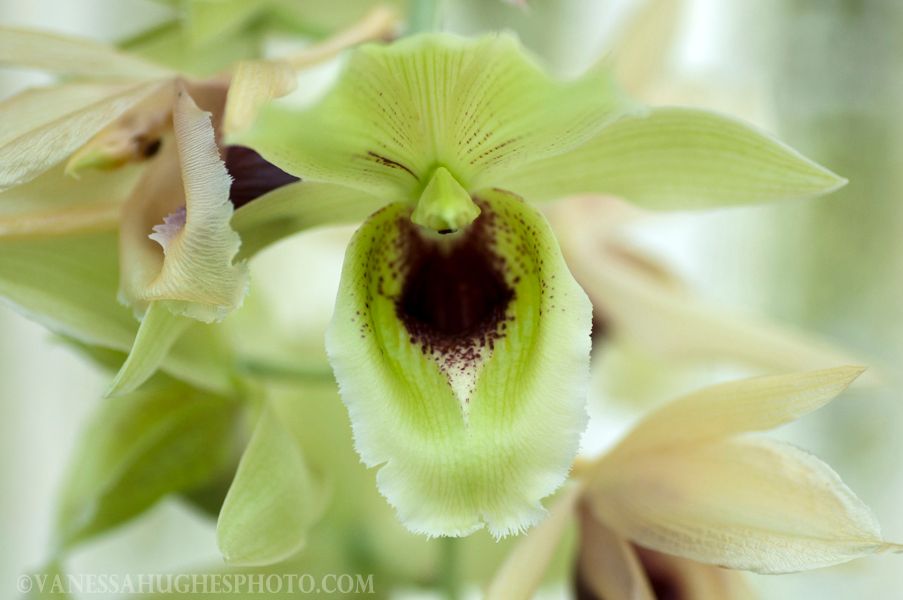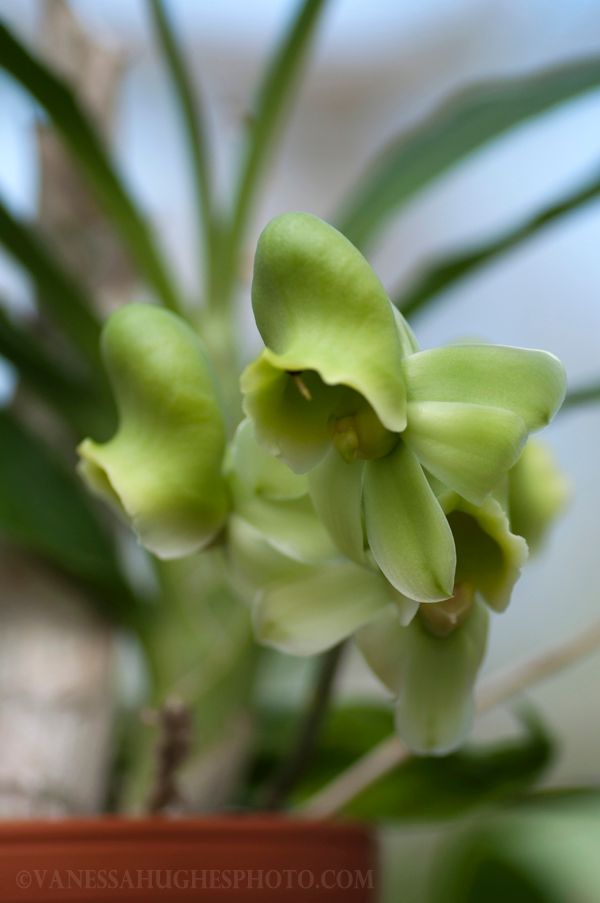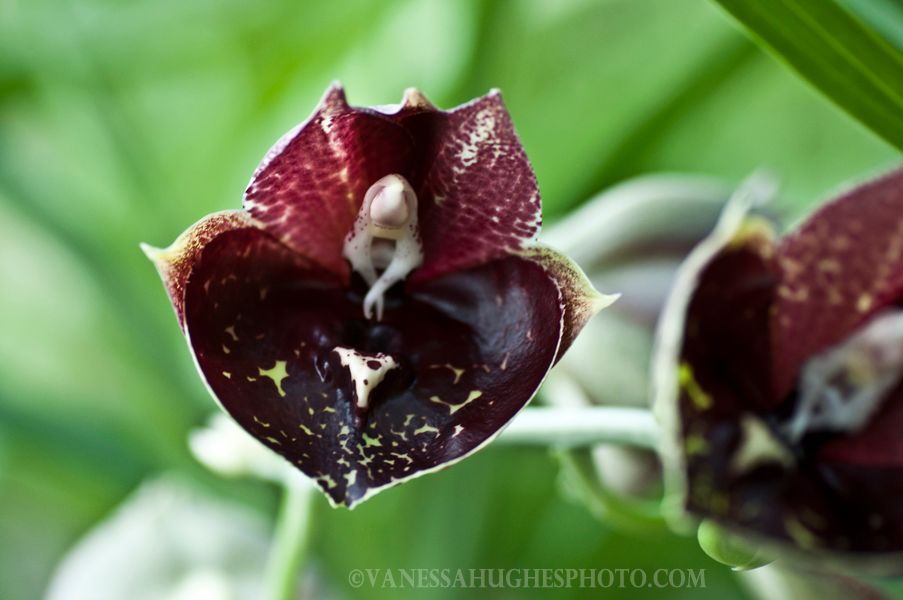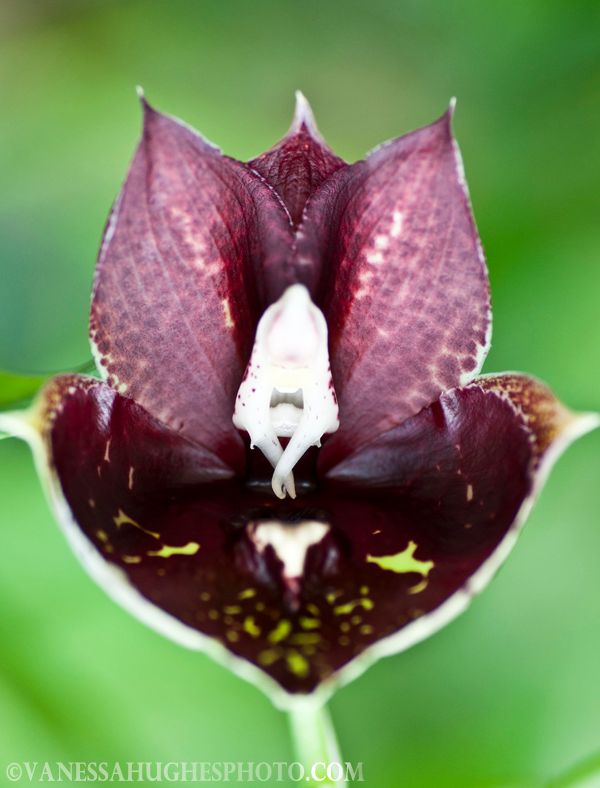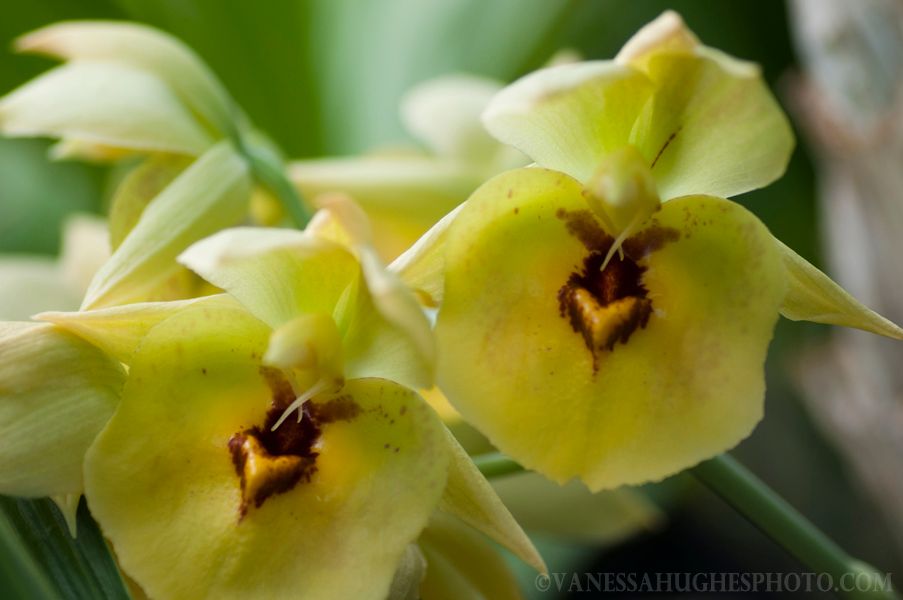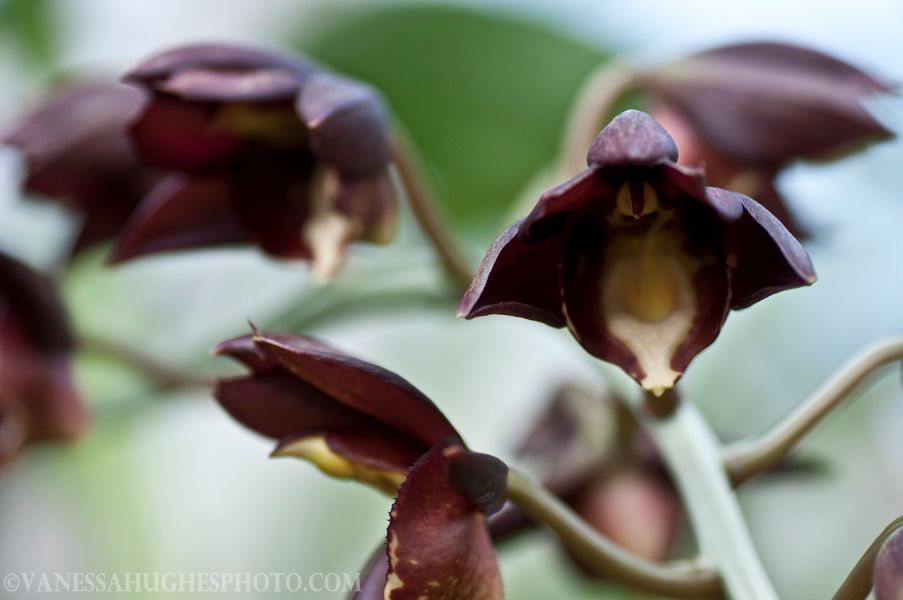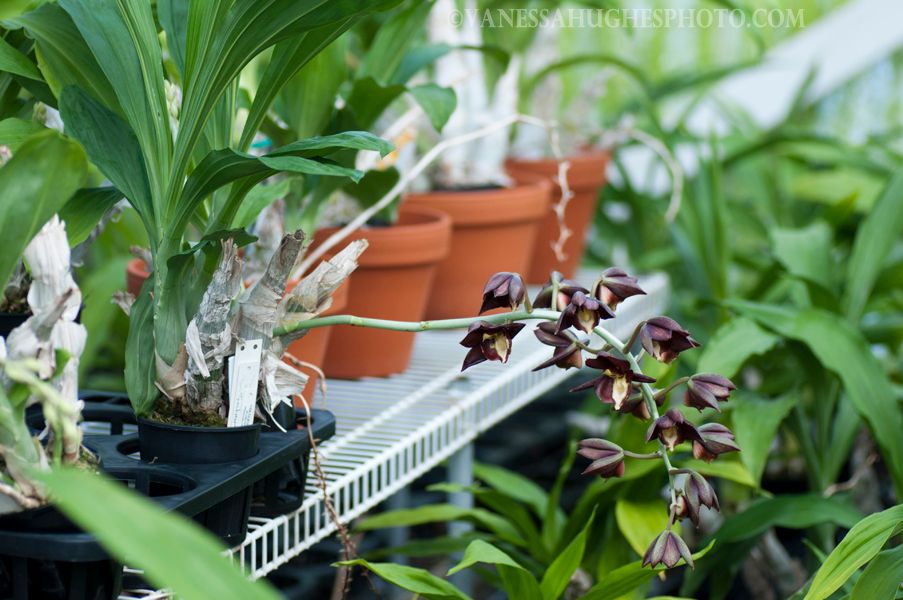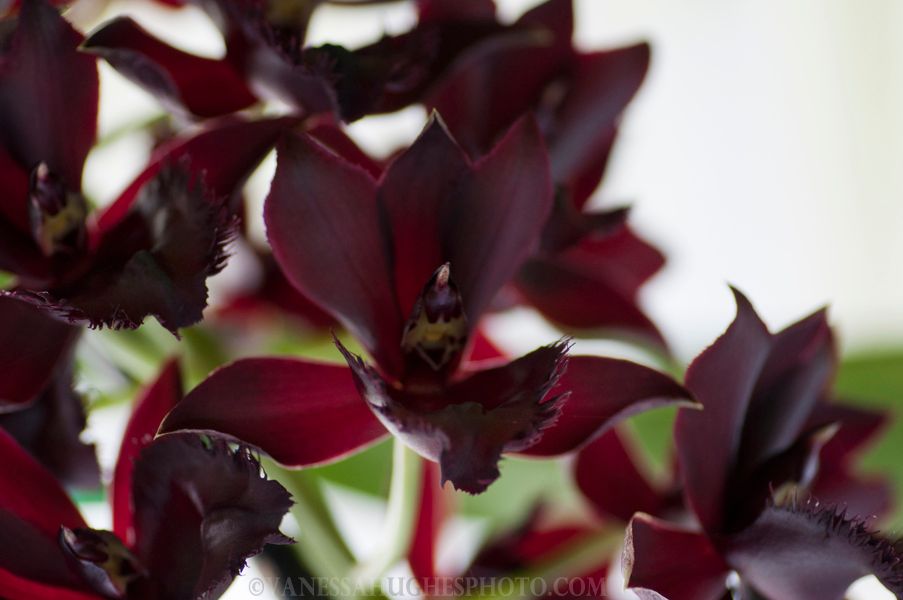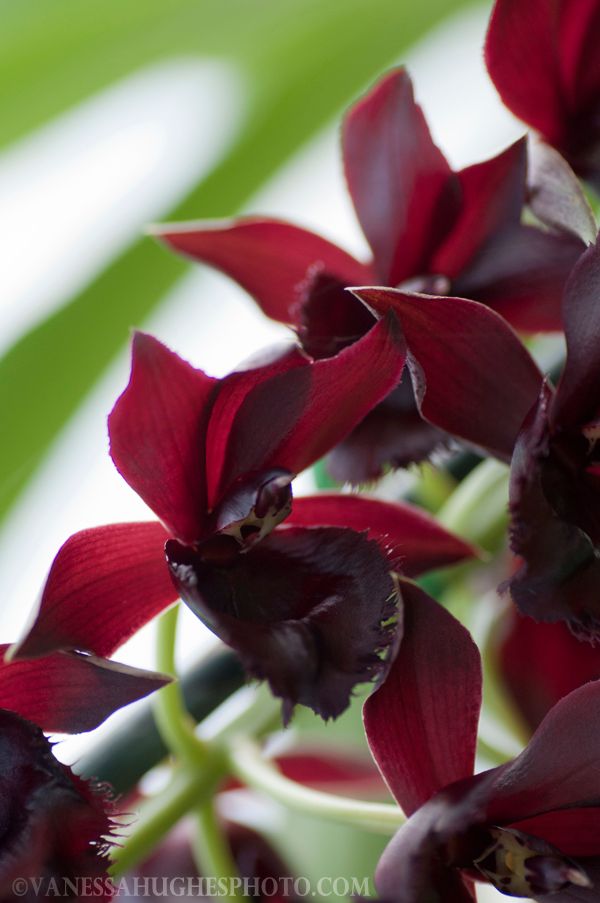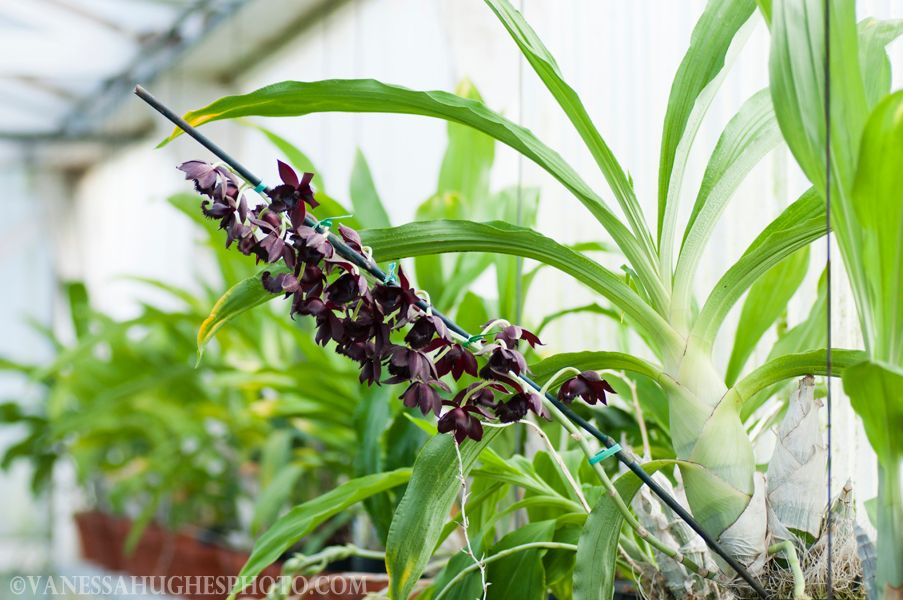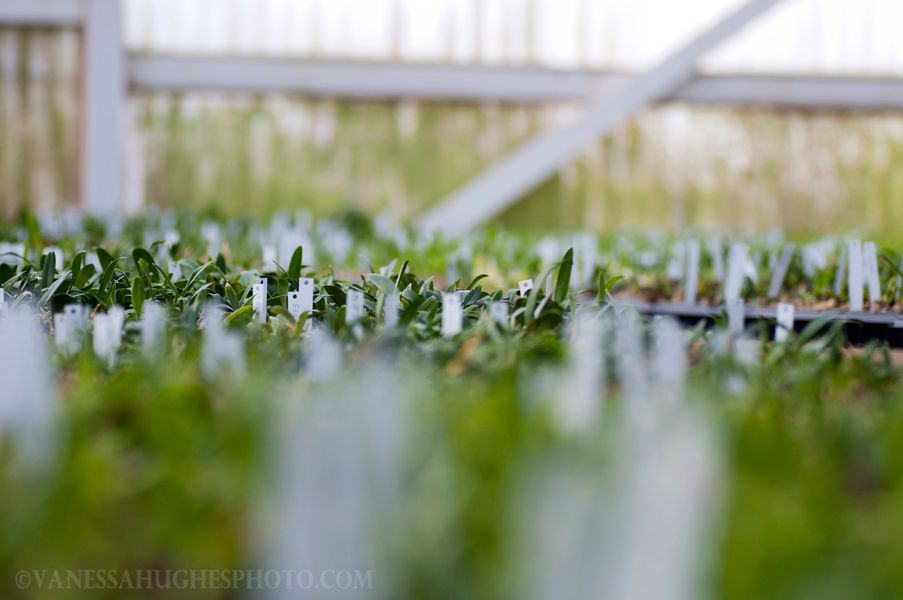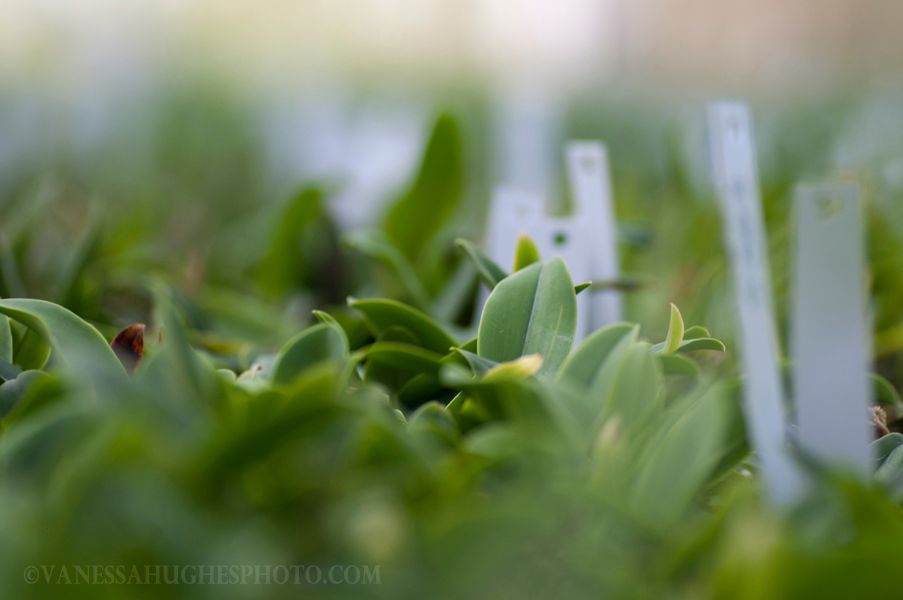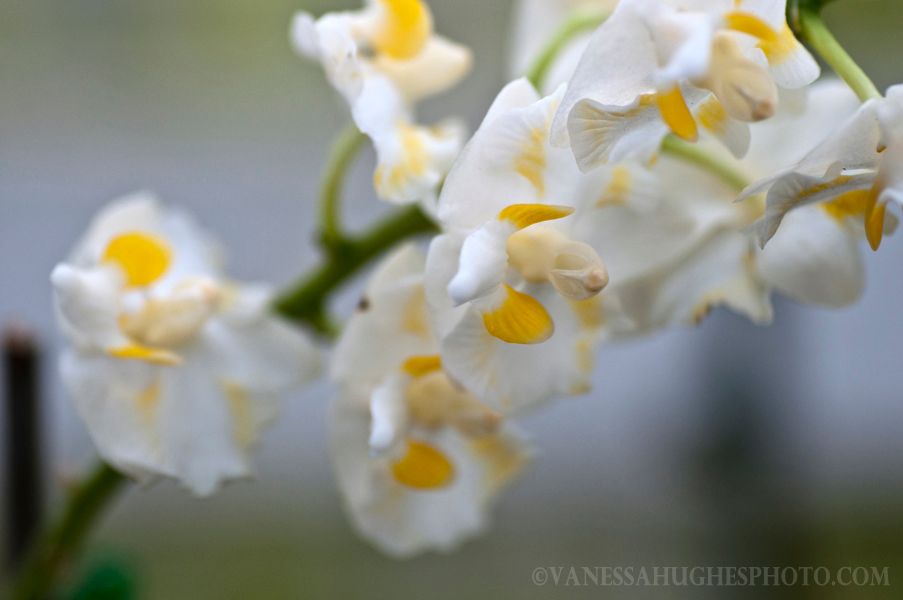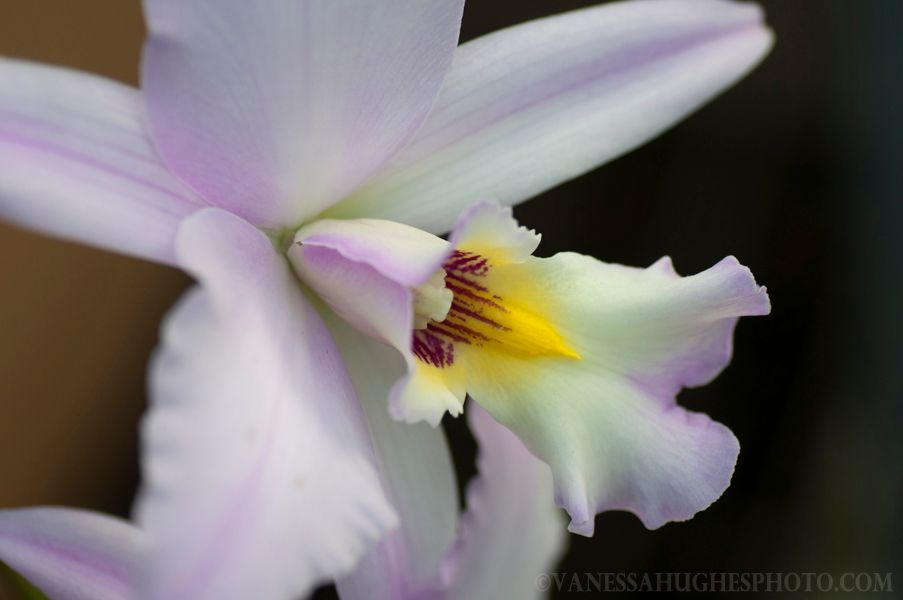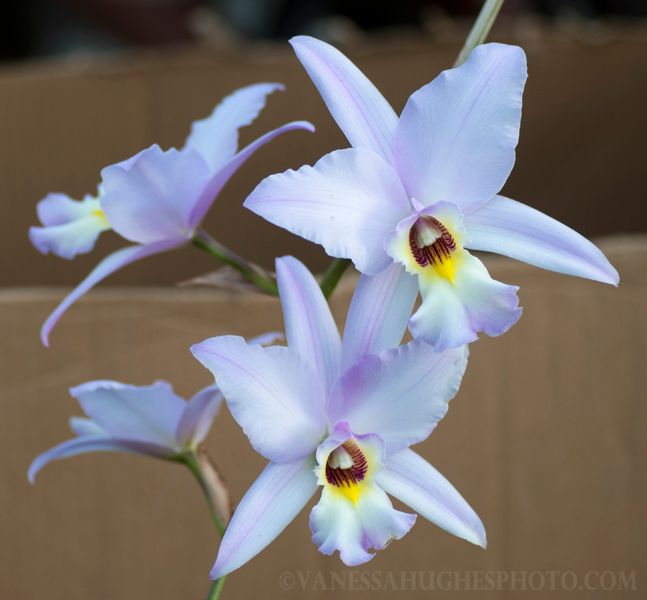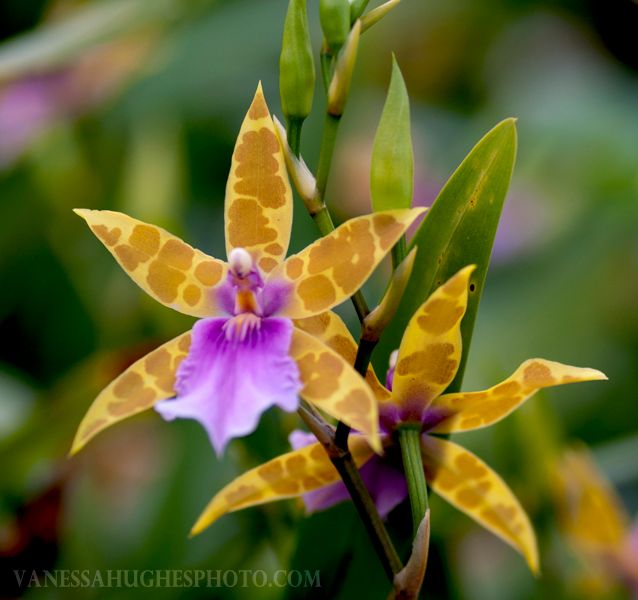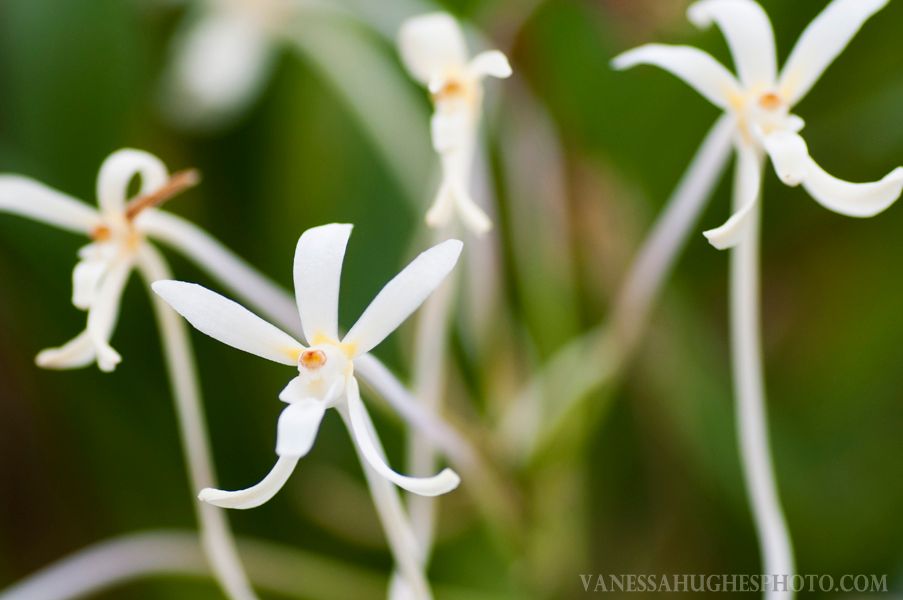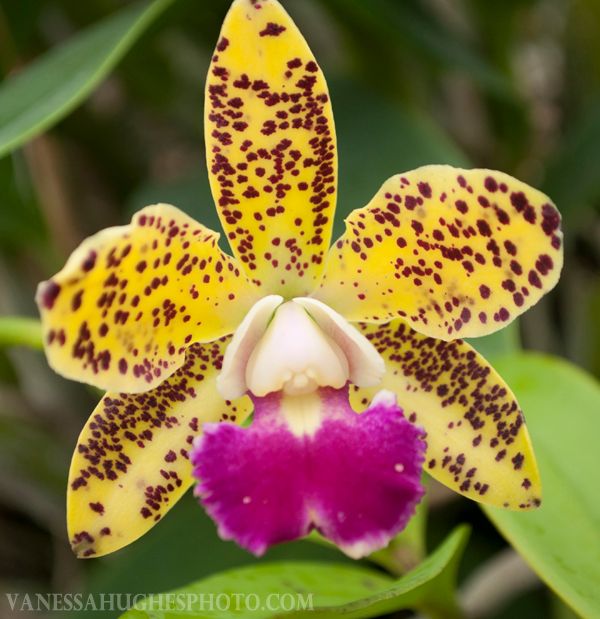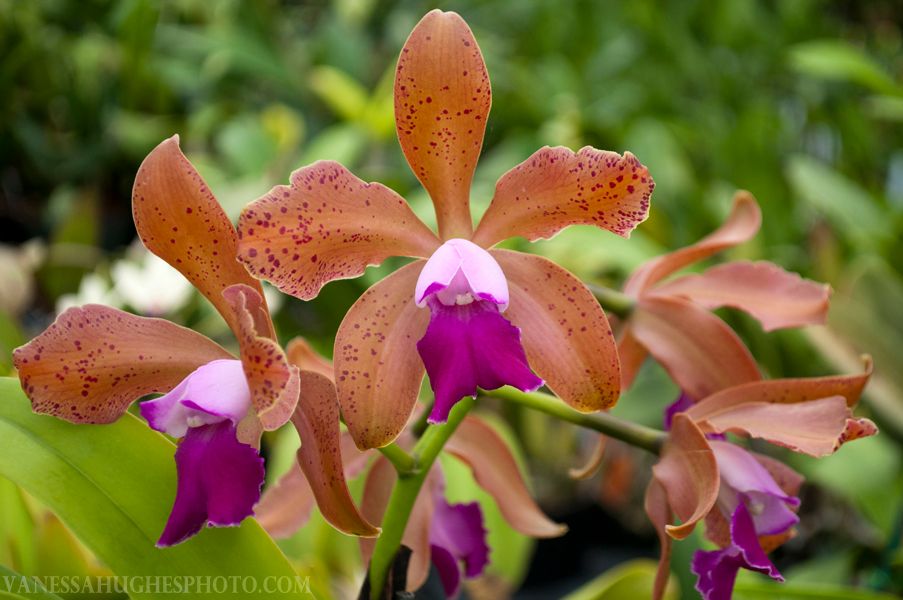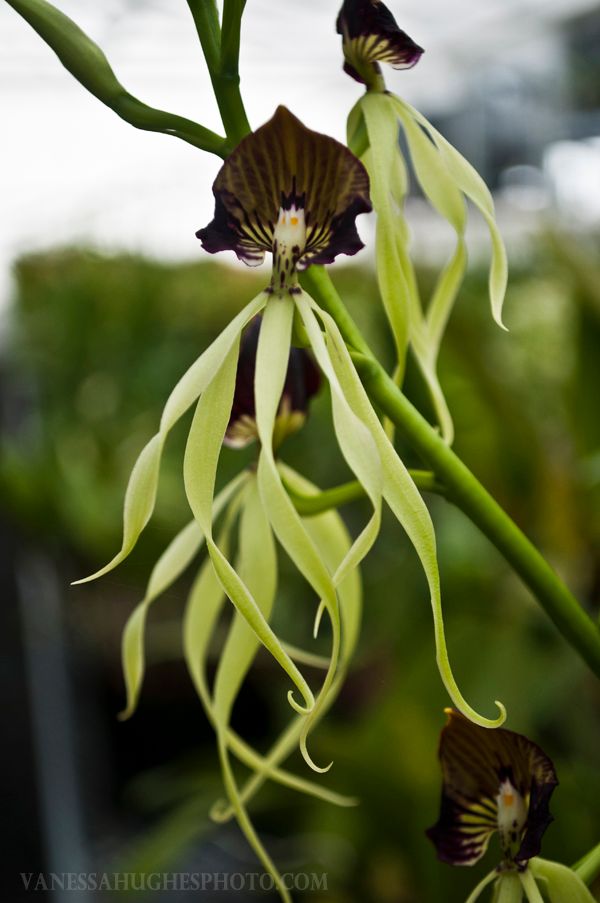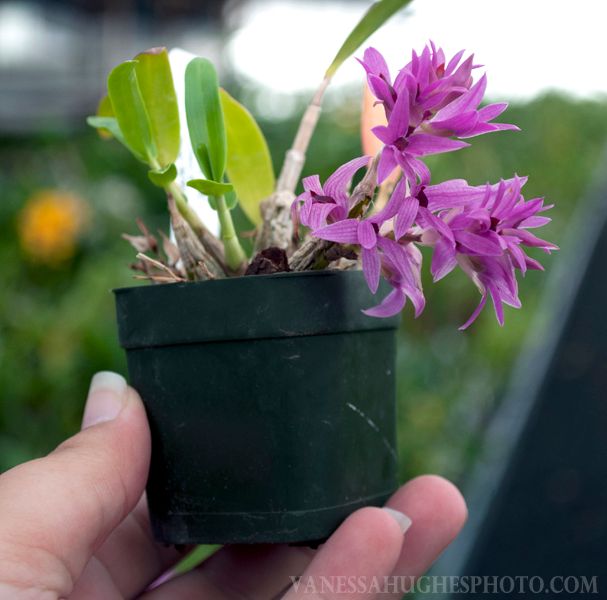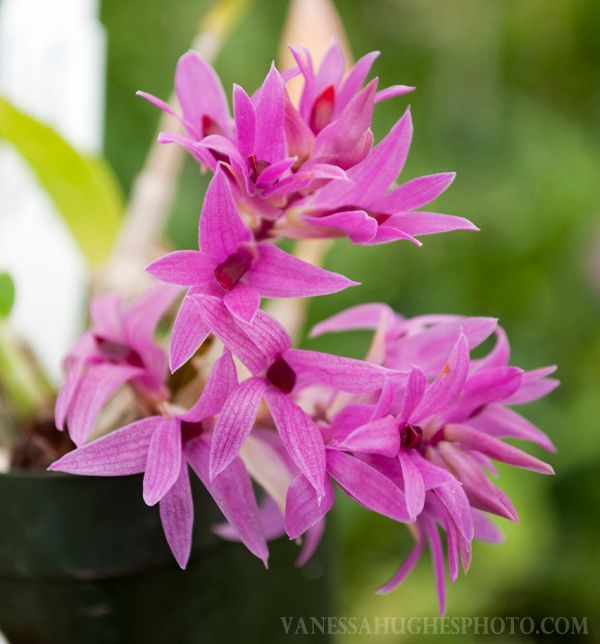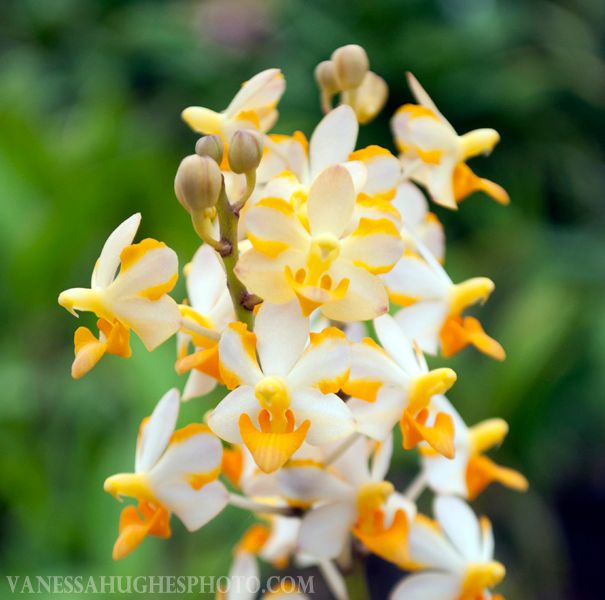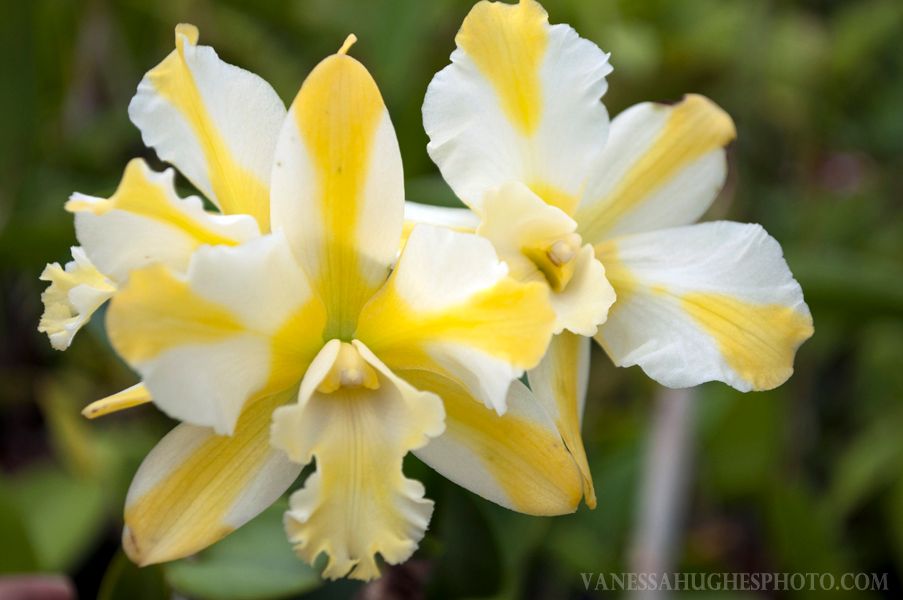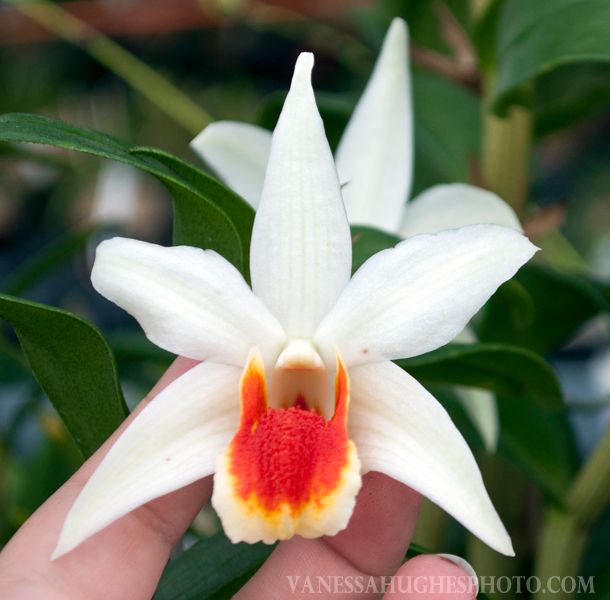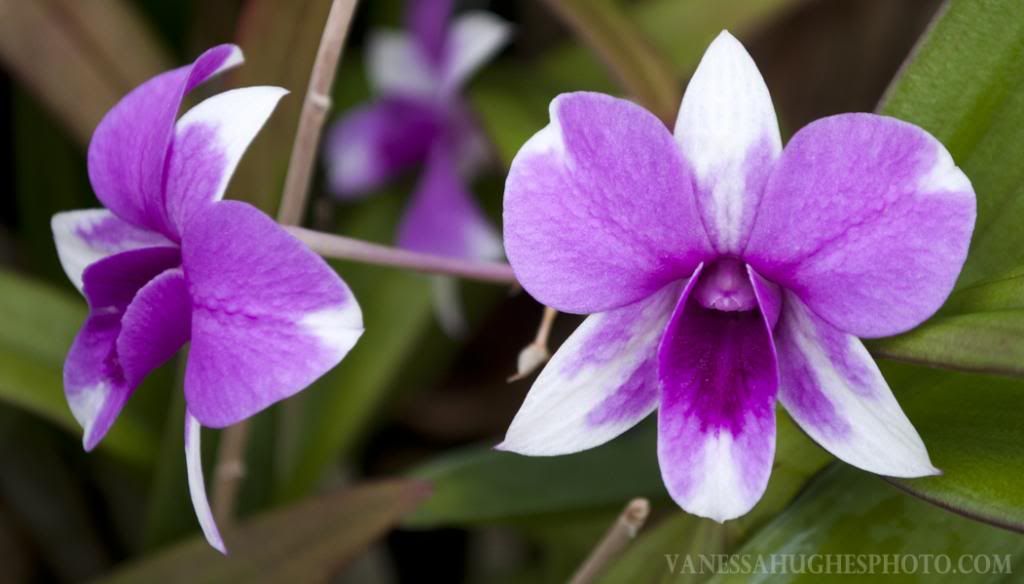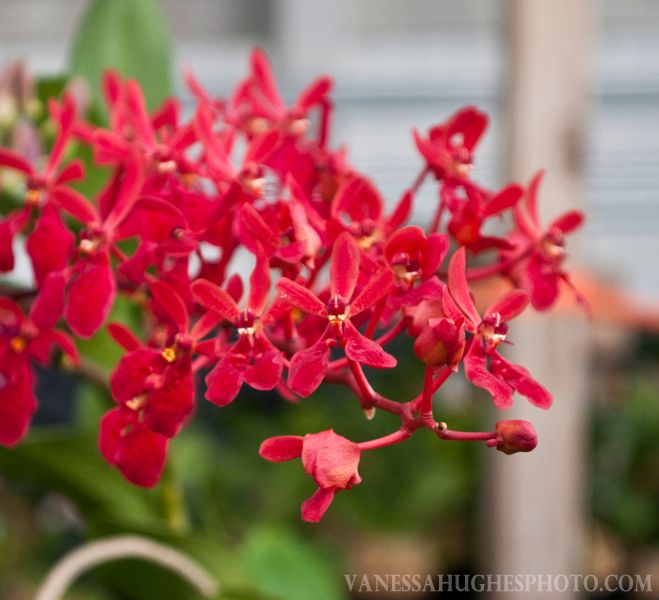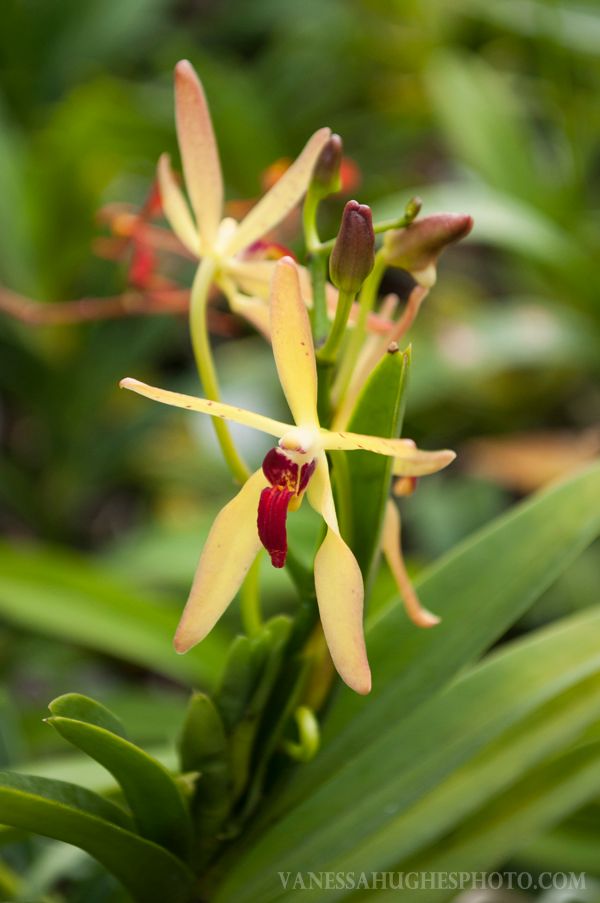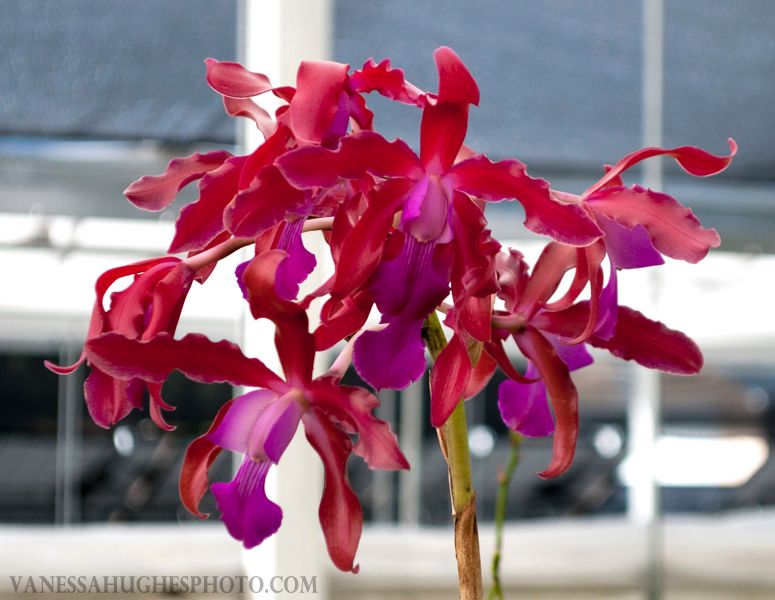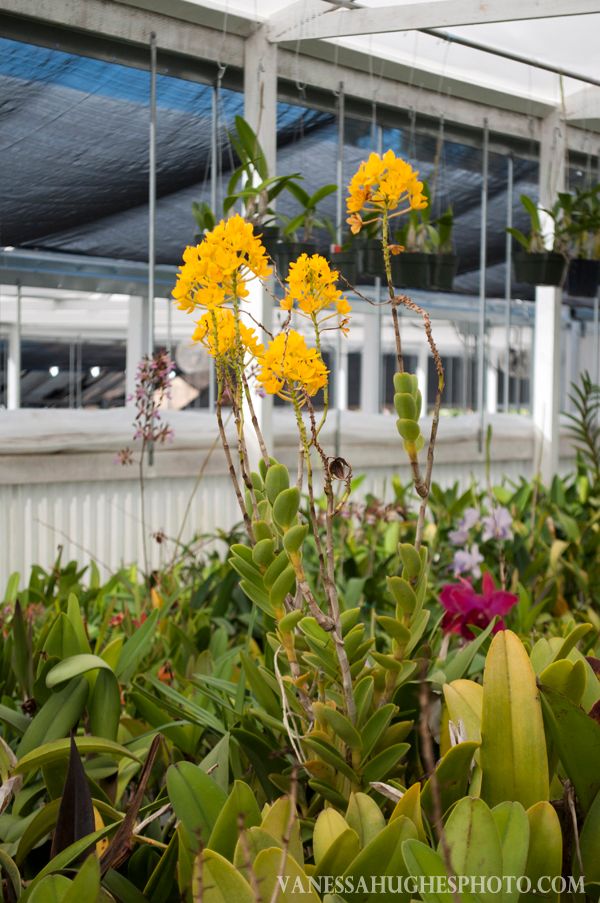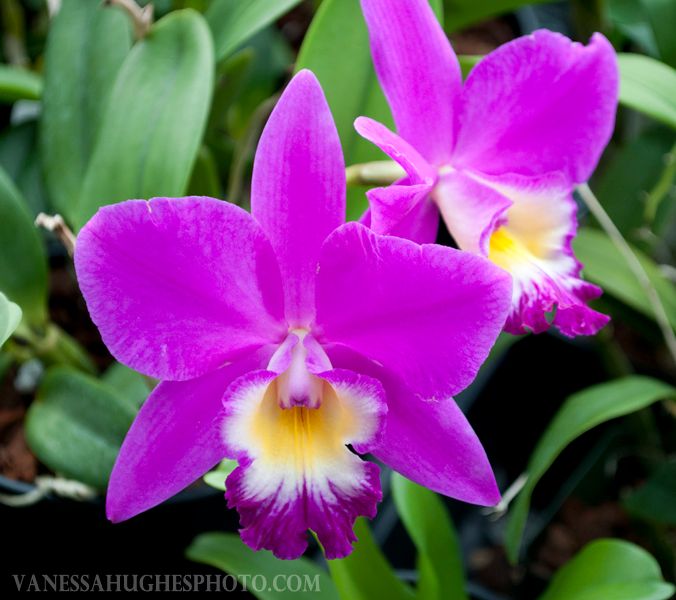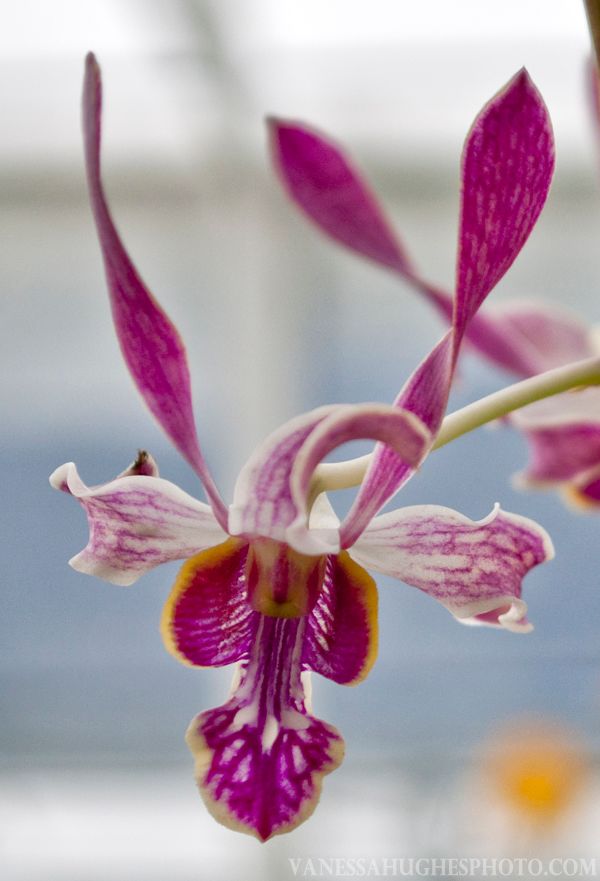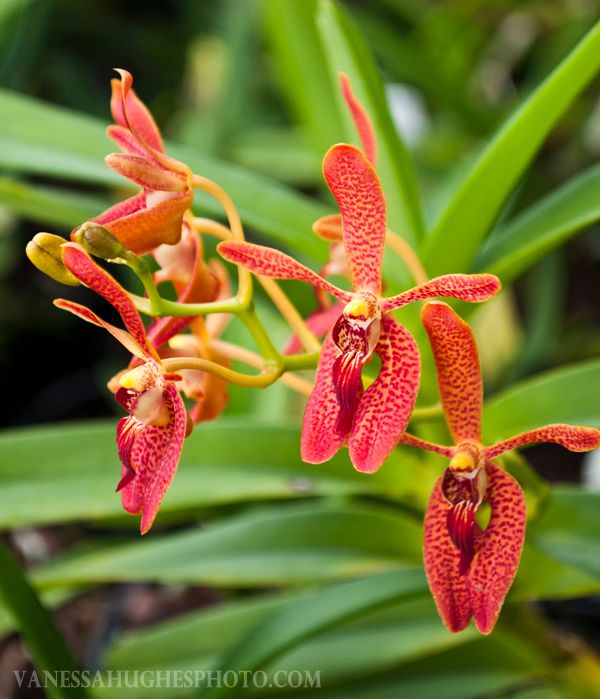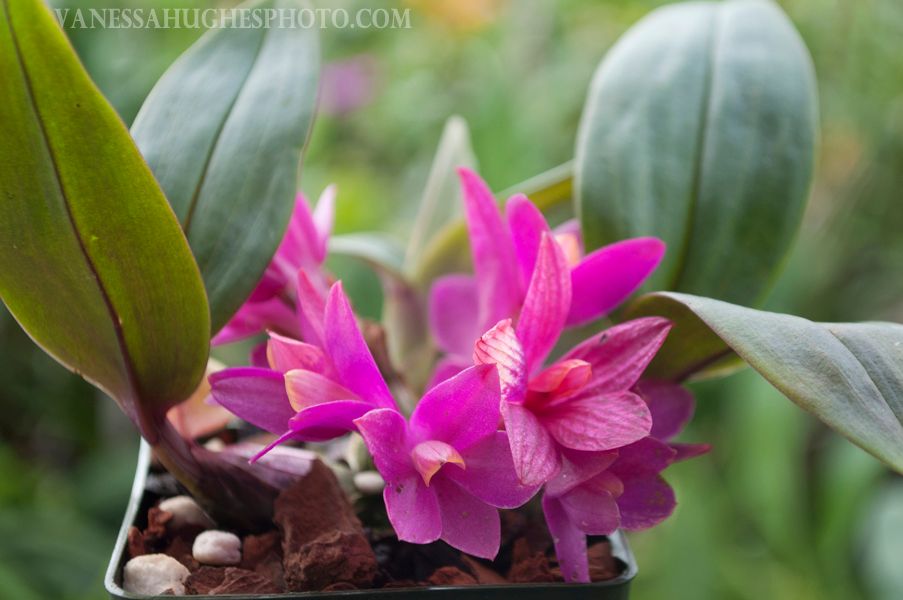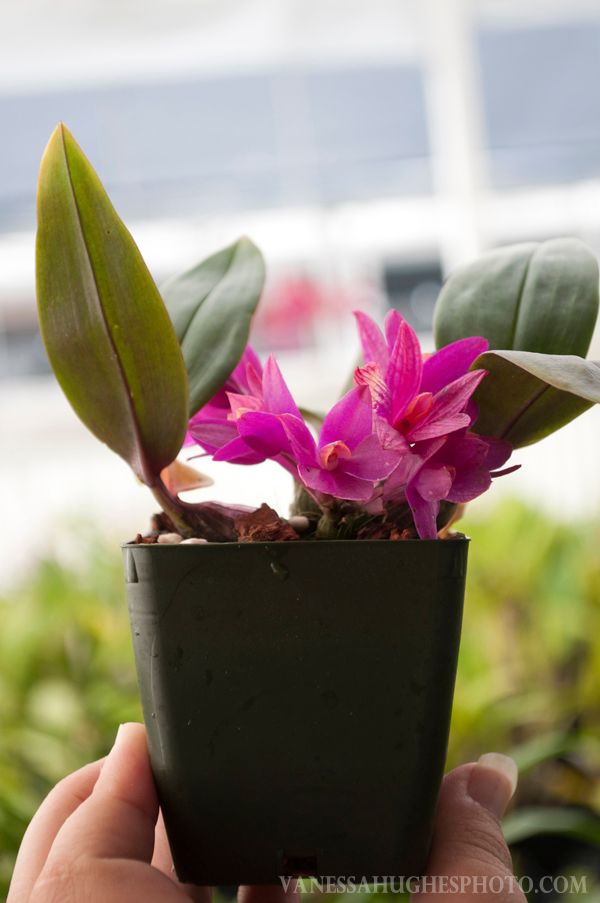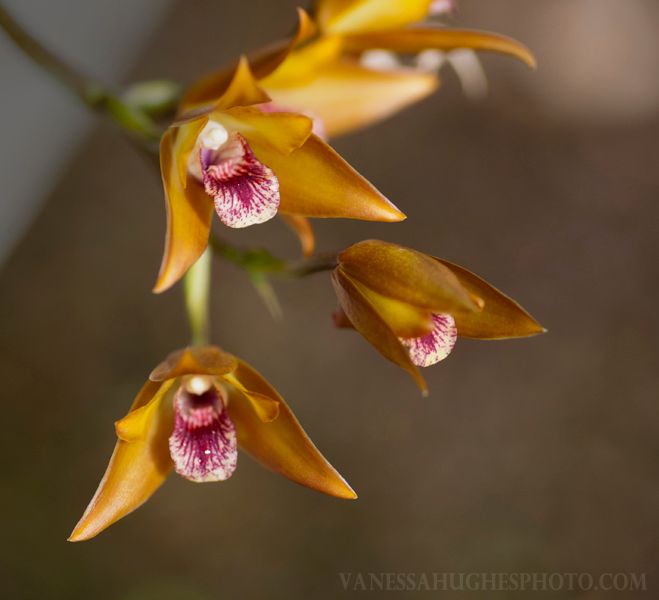After visiting Sunset Valley Orchids I made a short video from my trip.
Thursday, September 26, 2013
The Black Orchid and my trip to Sunset Valley Orchids
School is in full swing again for me at UCLA and I have
a full course load of 20 units this quarter.
This week I have pictures from my latest trip to Sunset Valley Orchids
located in Vista, CA.
I was lucky enough
to meet Fred Clarke owner of SVO early on when I first caught the orchid fever and addiction. With Fred’s help my collection of three pots of cymbidiums given to
me by my grandfather quickly turned into a collection of over 400 plants. I remember the first time I visited SVO. I was
like a kid that got to go to Disney Land for the first time. I was hooked from then on. Before I left Fred
told me I could pick one plant to take home with me. I of course chose the
biggest plant from his breeders collection. At the time the plant which was
some kind of purple Leila cattleya cross that stood nearly four feet tall and
at least that wide with the pot was in full bloom. It goes without saying I got
points for trying but went home with an equally pretty pink cattleya in a four
inch pot. After that I started spending nearly every Saturday there. All this and was before my junior
year of high school. While other kids were figuring out how to ditch classes I
was learning about plant propagation, how to identify between each orchid
species, and the difference between diploid and triploid orchids.
The difference between diploid and triploid plants is that
triploid plants have an extra set of chromosomes compared to diploid or two
chromosome set plants. This is not normally found in nature and is instead
breed into plants. In watermelons it results in the seedless variety we all
enjoy for its small nearly insignificant seeds.
In orchids triploid genes makes plants larger and more robust growing.
The unfortunate result is that these plants are generally sterile and cannot be
reproduced by seed and thus must be cloned by plant division or in the lab.
For more information check out A Brief Look at Polyploidy By Paul Gripp
I have since sold most of my orchids but keep a much more
manageable 30 of my favorites. Some have now grown to over 40 bulbs and put on a huge show of flowers each year. I still
visit SVO when I can and this last week was perfect timing because Fred’s famous
black orchid was in bloom.
Fred in his office filling orders
Fdk After Dark
Unfortunately it wasn't fully open and I wasn't able to get back over to photograph it again before leaving for UCLA.
And now the fun begins...pictures from my trip
With a nursery of tens of thousands of orchids there is always something in bloom
Ctsm. Denticulatum ‘Select’
Doricentrum Pulcherrima ‘kodama’ HCC/AOS
Ctsm. Donna Wise
‘Lee’ HCC/AOS x Ctsm. Susan Fuchs ‘Burgundy Chips’ FCC/AOS
Clo. Russelliana ‘Mark Summitt’
Ctsm. Susan Fuchs ‘Burgundy Chips’ FCC/AOS
One of my favorites!
Ctsm. Black Jade ‘Jem’ HCC/AOS
Catasetom Pileatom (Toakao x Yellow Wax)
Ctsm. Donna Wise
‘Lee’ HCC/AOS x Ctsm. Susan Fuchs ‘Burgundy Chips’ FCC/AOS
Ctsm. Expansum x Ctsm. Tenebrosum
Ctsm. Carolinanom ‘Jem cms AOS Dioceres’
FDK Midnight Lace ‘SVO’
Dor. Pulcherrima var. champorensis
Lc. Twilight Song
C. Labiata s/a ‘Mrs. Ashworth’ x C. Labiata s/s cooksoniae
Dendrobium tanii x self
Ascovandoritis Prapin
Blc. Solar Flare ‘Paradise’
(Blc. Hawaiian Passion x Blc. Sakurakime)
Renanthera Bill Crocker x Vanda cristata
Den. Laevifolium ‘Red’ x sib
Asctm. Pumilum
For more information about Sunset Valley Orchids
Thanks For Reading!
Labels:
american orchid society,
aos,
black orchid,
fred clarke,
nurseries,
nursery,
orchids,
san diego,
sunset valley orchids,
svo,
vanessa hughes,
vanessa hughes photography
Location:
1255 Navel Place, Vista, CA 92081, USA
Subscribe to:
Posts (Atom)
